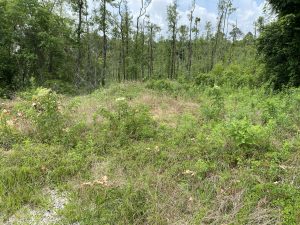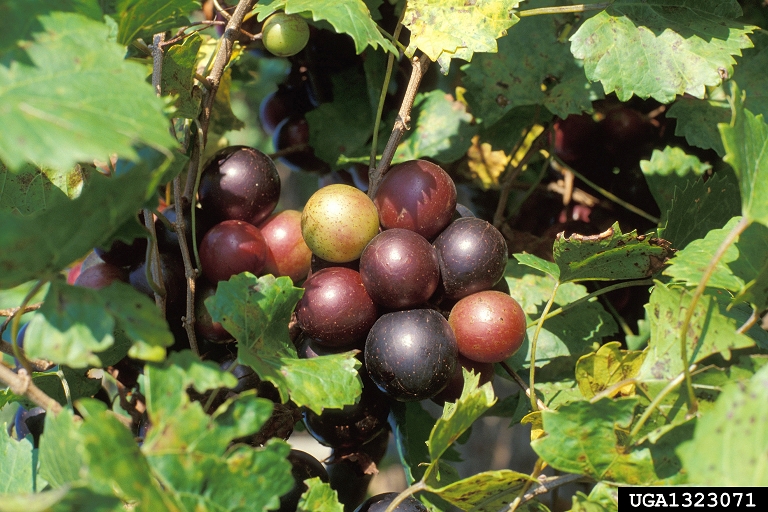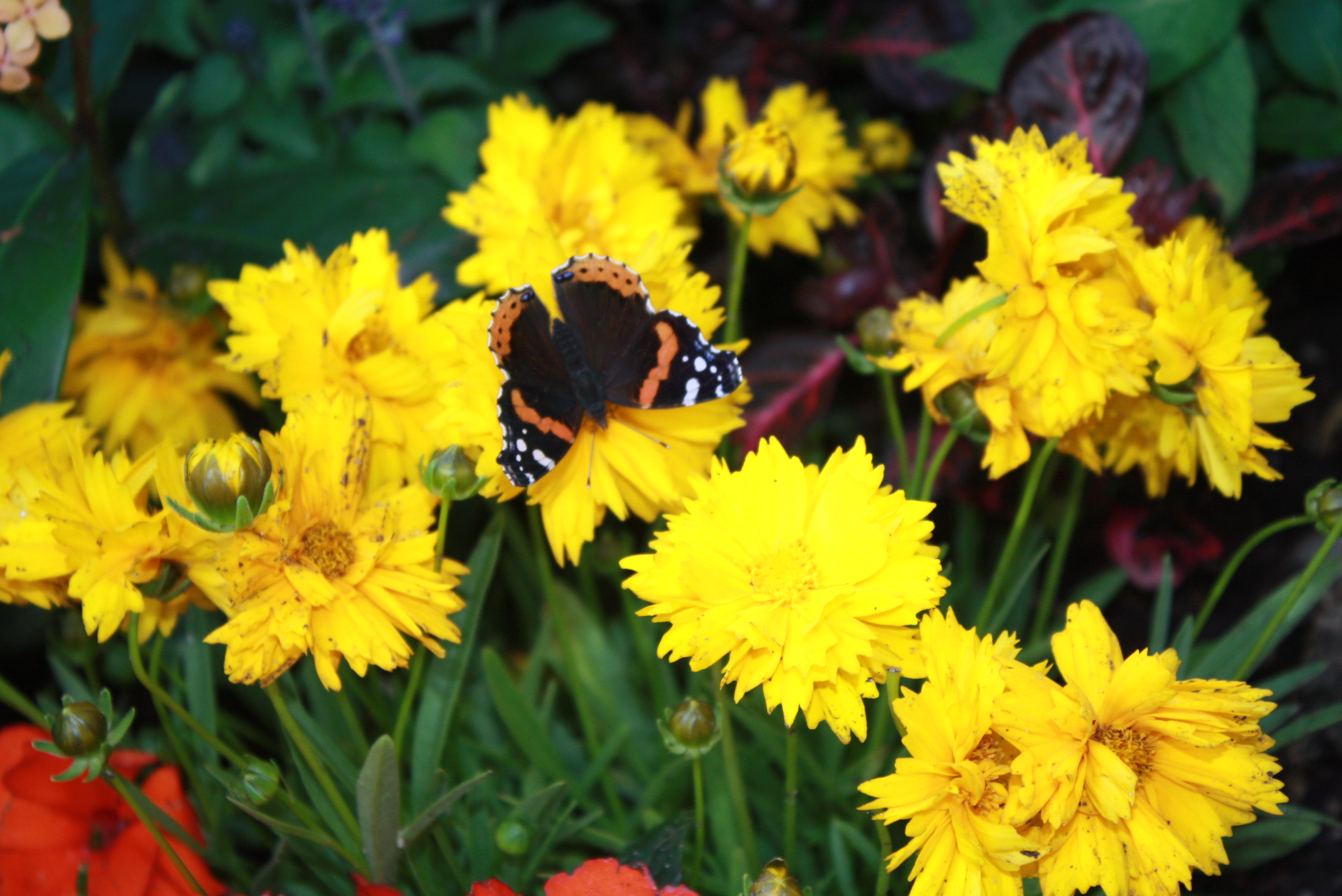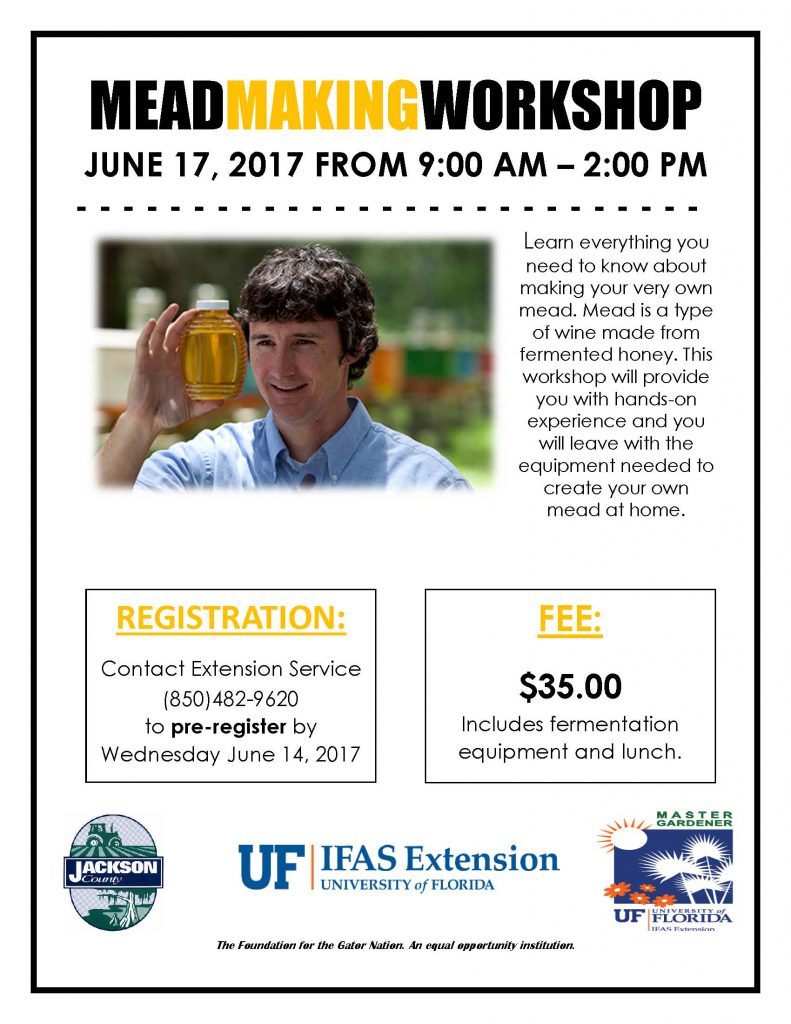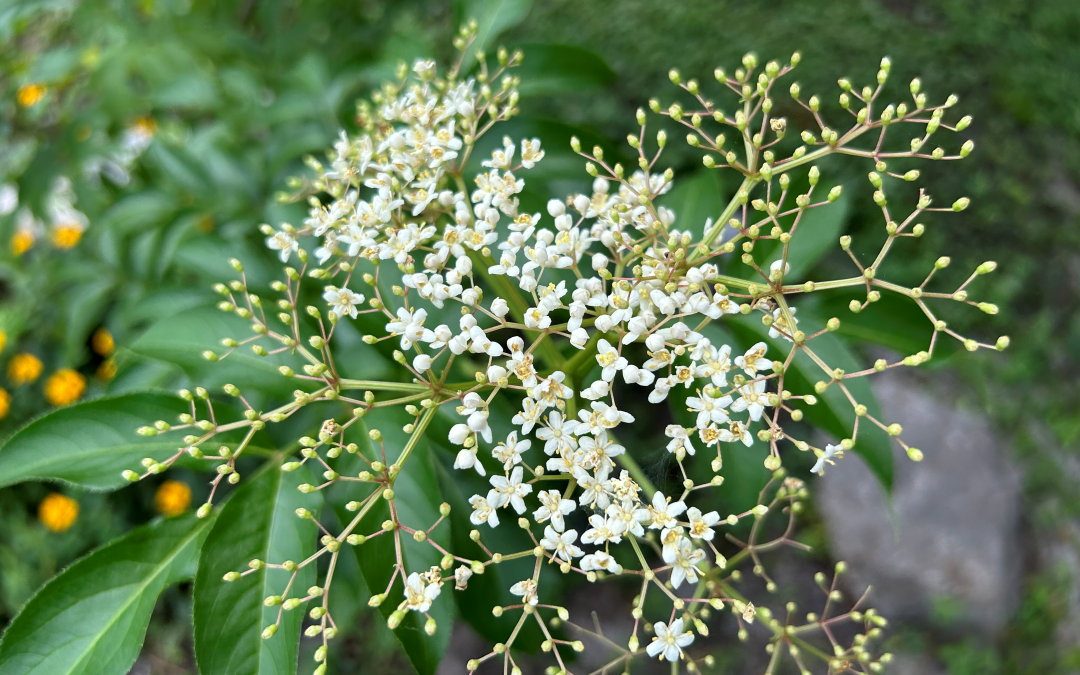
Elderberry: A Very Attractive and Useful Native Plant
If you are out and about this time of year you may notice an interesting flowering shrub putting on a show of white flower heads. As time goes on the flower will develop into dark purple almost black fruit. You often find this shrub in forests, the edge of fields and pastures, and along roadsides. This attractive and very useful plant is the elderberry: Sambucus canadensis. It goes by the other common names of American or Common elderberry or simply elder or elder tree. It is native to North and South America from Canada to Brazil, and all over it’s range it is used by indigenous and local communities for a wide variety of uses. It has both food and beverage uses and medicinal uses. It grows in and tolerates a wide variety of conditions, and is quite easy to cultivate in the landscape or allow to thrive in wild areas. It also puts on a nice early summer flower show and is quite attractive. It can be weedy at times and is not always welcome in pastures as it can be toxic to livestock. Despite its medicinal applications and edible fruit, it bears caution as the leaves, twigs, roots, and unripe fruit are quite toxic to humans as well as bearing several toxic compounds not the least of which is glycosides which are in the cyanide family of chemicals. With care and knowledge though, the flowers and ripe fruits can be used and are frequently used to flavor beverages, dye food, make preserves and jellies, wine, and even many home remedies.
I have looked for and used this plant my whole life. My grandmother grew up on a very rural farm in Louisiana and passed on a whole host of information on useful plants and how to make a variety of home remedies. I was lucky to grow up with someone of a generation where they retained and passed on this knowledge. We never planted or grew elderberry as there was plenty growing wild all over my home area of Louisiana’s Florida Parishes. The same is true all across the Gulf Coast, and June is a good time to spot patches as it is putting on its show of white flowerheads. I always knew about its benefits and uses, and also it’s toxicity and learned much more about elderberry in forestry school. As time went on, I learned people were collecting this wild and also starting to cultivate and grow it as a crop. A family acquaintance in Livingston Parish, LA started a business growing elder and selling syrups, tinctures, and other products. I have even seen their products locally in the Panhandle now at herbal remedy and other stores. Now I go in even chain pharmacies and big box stores and see elderberry products produced on a large commercial scale. I’m glad to see a native plant develop into such a market. For the home landscape and garden, it can make an attractive edition that can then be added to the landscape and cultivated. You can enjoy the flowers and fruits yourself and make your own homemade products from them, or you can leave them for local wildlife that also benefit from them.
If you have a farm or property in the Panhandle it is likely elderberry is growing somewhere. If it is not on your property, you can easily plant and grow it in your garden, homestead, or home landscape. Be aware though it can be aggressive and spready in good growing conditions. It is also fast growing so you have to stay on top of it in cultivated settings. If you are looking to see if you have wild elderberry growing; look for the showy white flower heads on a small shrub to low tree. It has distinctive corky dots on its bark which are called lenticels. The leaves are pinnately compound with serrated margins. The fruit is bright green when unripe turning purple-black when ripe. Only fully ripe fruit are edible and safe, with a ripening period of mid to late summer. There now exists several cultivars of elderberry in the horticultural trade which are available at nurseries that stock native plants.
If you are interested in learning more about elderberry, check out this publication in the IFAS Gardening Solutions page https://gardeningsolutions.ifas.ufl.edu/plants/edibles/fruits/elderberry/. There is also a good EDIS publication available at this link https://edis.ifas.ufl.edu/publication/ST578. If you are planning on foraging wildflowers or berries and using them use caution, get a good knowledge of how to identify the plants, avoid poisonous parts and unripe berries. As with all wild foraging, only forage if you are well-informed on what you are looking for, dangerous look-a-likes, and how to avoid toxicity issues due to unripe fruit or toxic plant parts. With elderberry there are several severely toxic look-a-like plants, particularly the water hemlock one of the most toxic plants in North America. Use a good field guide and properly vetted resources and if in doubt do not gather or consume.
If you are planning on cultivating elderberry, consider selecting cultivars and varieties specifically for cultivation and fruit production. You will get better results over wild varieties, and fruit ripening will be more uniform making harvesting easier. In cultivated settings it will require care and monitoring for some pest and disease issues as well. It is well suited for marginal conditions where some other fruit options are limited and difficult to cultivate. It’s tolerance of a wide variety of growing conditions means there is likely a place in your garden or landscape that it can fit. An added benefit is that it requires less fertilization and intensive management compared to some other options. For more detailed information on cultivation see this EDIS article https://edis.ifas.ufl.edu/publication/HS1390.
Whether you have it growing naturally or are going to cultivate it, elderberry is a very attractive native plant with some beneficial and tasty uses. Elderberry wine, syrups, and preserves are quite tasty and provide many health benefits. Some people use the flower as a flavoring and to make tonics, but this requires caution to avoid poisonous parts contaminating batches. Elderberries are high in vitamin C and contain antioxidants and other medicinal compounds and are often used as cold and flu remedies as well as other ailments. If you do not have experience with making elder products at home; work with someone that is knowledgeable and experienced before making your own, especially with this plant. You can also buy certified products for sale in health stores and even at your local pharmacies now that are tested and known to be safe. Enjoy the attractiveness and usefulness of our native American Elderberry, it is a fascinatingly useful plant.

